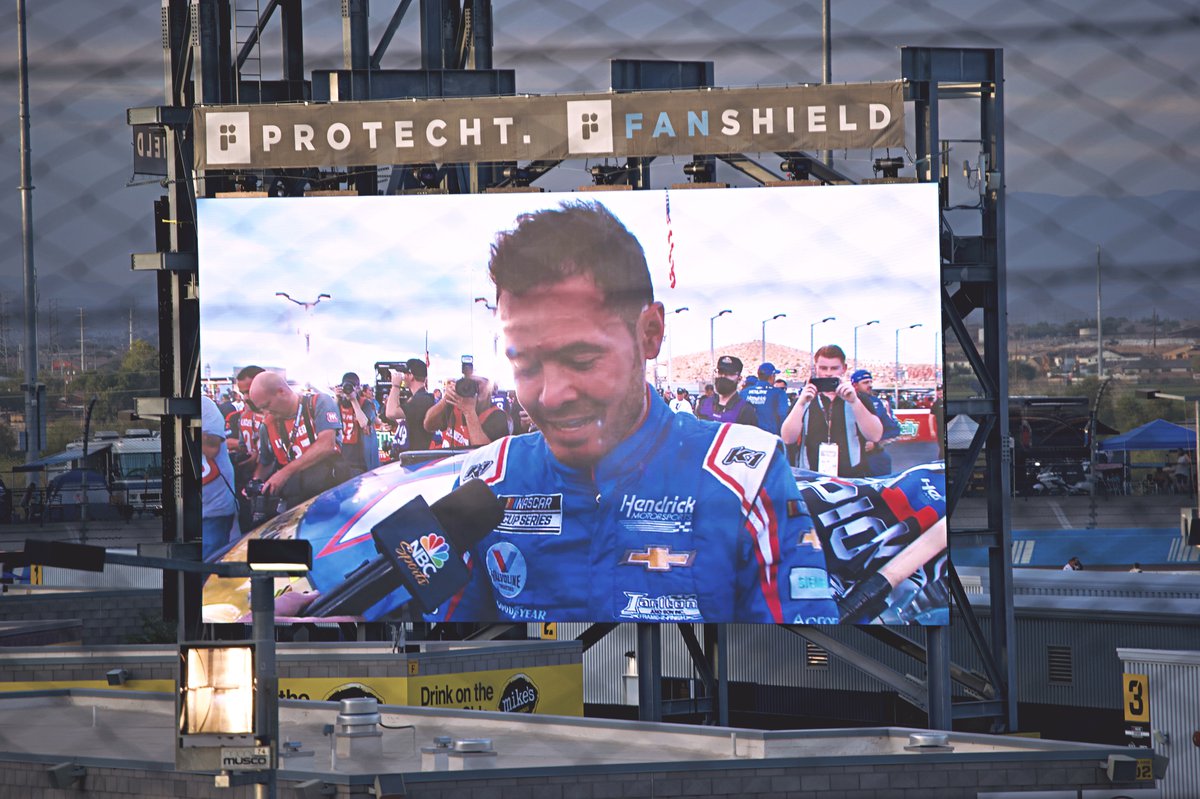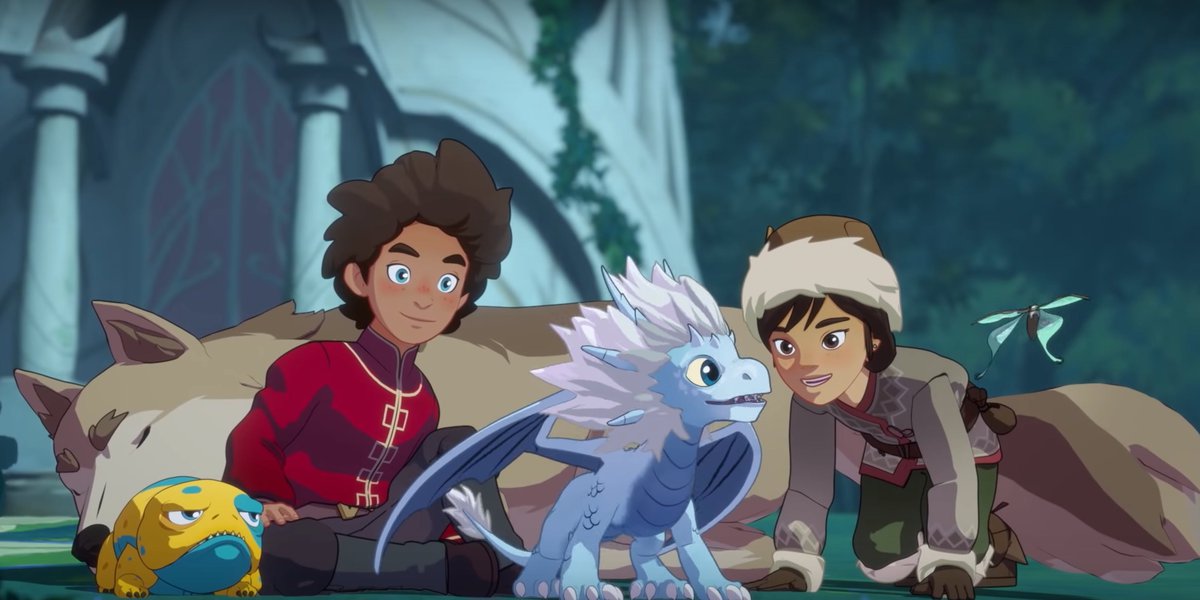Chris Mooney discusses state of climate change
“41 is the number I want you to remember. 41 billion tons of carbon dioxide is being released by humans every year. We don’t have a lot of time left,” began Chris Mooney at his talk discussing climate change on Friday, September 7 in Center for Biotechnology & Interdisiplinary Studies.
Mooney is a man on a mission—one that has taken him to the far-flung reaches of the planet, such as the Petermann Glacier in Greenland, which loses billions of tons of ice every single year.
In his talk, he expanded on why this is happening, not just to Petermann, but to the rest of Greenland, the Arctic, and the Antarctic.
“Humans have become so big that they can and have been fundamentally changing the structure and functioning of our planet—that’s my definition of climate change,” was the pivotal claim of his talk. “We humans have become a geophysical force.”
But Mooney was adamant that he isn’t an extremist trying to scare us into action. His goal, as a journalist, is simply to bridge the gap of understanding between what climate change means to scientists and what climate change means to the general populace.
“I’m not pointing all this out to freak you out. It’s still been pretty slow and gradual. But I don’t think most people grasp it like scientists get it. I don’t think they realize the geophysical force humans have become” he explained.
He substantiated his position by talking about the global effects humans have had on the Earth as a whole—the altering of polar motion (the periodic wobble and drift of the poles), the destruction of the Great Barrier Reef in Australia, and the instability of the West Antarctic Ice Sheet, which, if destroyed, could cause a massive rise in global sea levels.
However, he also briefly acknowledged the positives climate change is currently bringing.
In particular, he focused on the Northwest Passage, a new shipping route in Northern Canada that has opened up due to the melting of Arctic ice in the region. The Northwest Passage would, for instance, drastically reduce shipping times and costs between China and the Northeastern United States.
As for solutions, Mooney was pessimistic, but still hopeful. “The ship is turning slowly.” He claimed that it will take solutions of a geophysical scale to reverse the havoc that humans have been wreaking on this planet.
“If we want to keep the global temperature rise below 1.5 degrees [Celsius], we basically have to fall off a cliff,” he said, as he pulled up a graph of where we’re headed based on how we curb our carbon dioxide emissions.
“The best progress we can make is changing how we get electricity,” he posited, as he went on to discuss the various types of renewable energy sources that humans are in the process of developing and implementing. He also discussed some newer, more radical ideas that have cropped up in scientific circles in recent years, such as the “carbon catcher” (a device that pulls carbon dioxide out of the air) at Arizona State University.
Not one to be biased, he also mentioned the downsides of all these radical new ideas—mainly cost and scaling.
The Q&A session was energetic, with the audience asking him questions surrounding different methods to reverse climate change, as well as about his personal journey as an environmental journalist.
An interesting question asked by one audience member went along these lines: “How do you go about winning over people who don’t think climate change is real? Is there a way to convince them?”
“My current job is not to go around convincing these people, I just lay out what’s happening and cover the impacts. But certainly, the issue is politically contentious. That said, if you look at polling, more and more people in this country believe that climate change is real and important,” Mooney responded.
He also claimed that, while the Trump administration is not committed to the same environmental regulation policies the Obama administration was, overall US emissions have been going down, and we are on the right track.
In another question, he also addressed the fact that the youth must be educated about these issues, and that fascination is the most effective way to get them interested and involved.
He ended his talk with a powerful statement about our personal responsibility in undoing the damage humans have done in terms of climate change.
“The question to ask is: What is my species undoing in my lifetime, and what part can I play in that?”

 Opinion
Opinion
 Tv Series Review
Tv Series Review